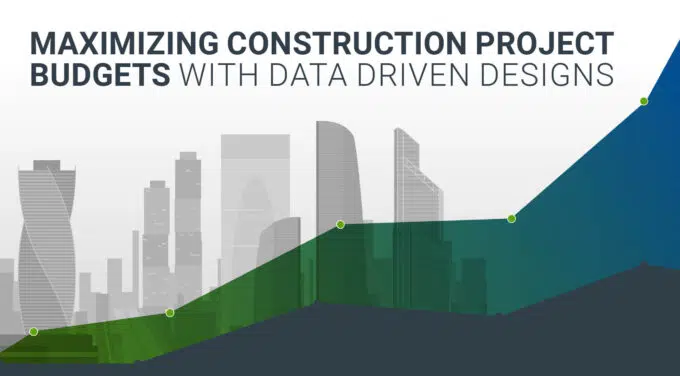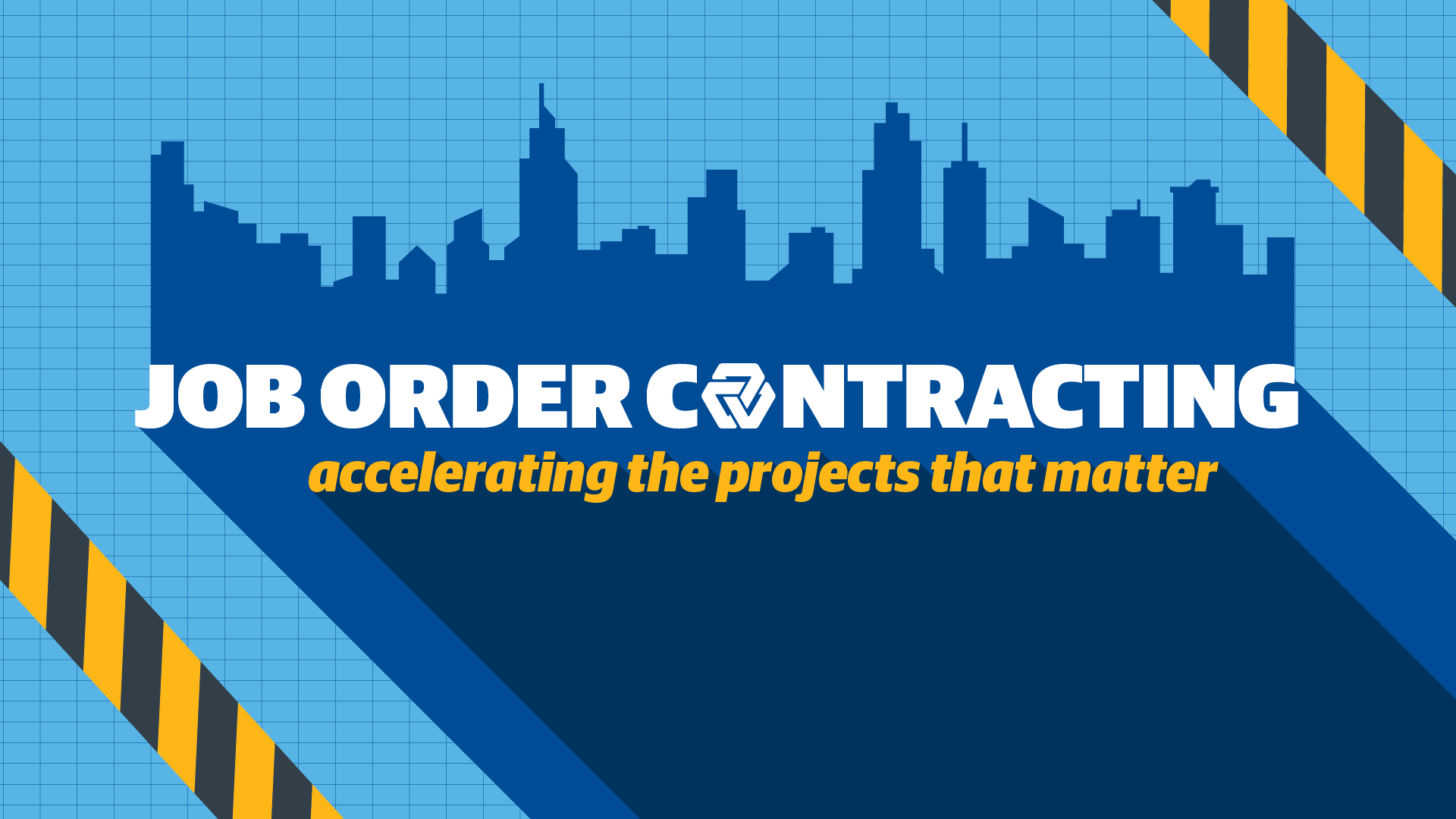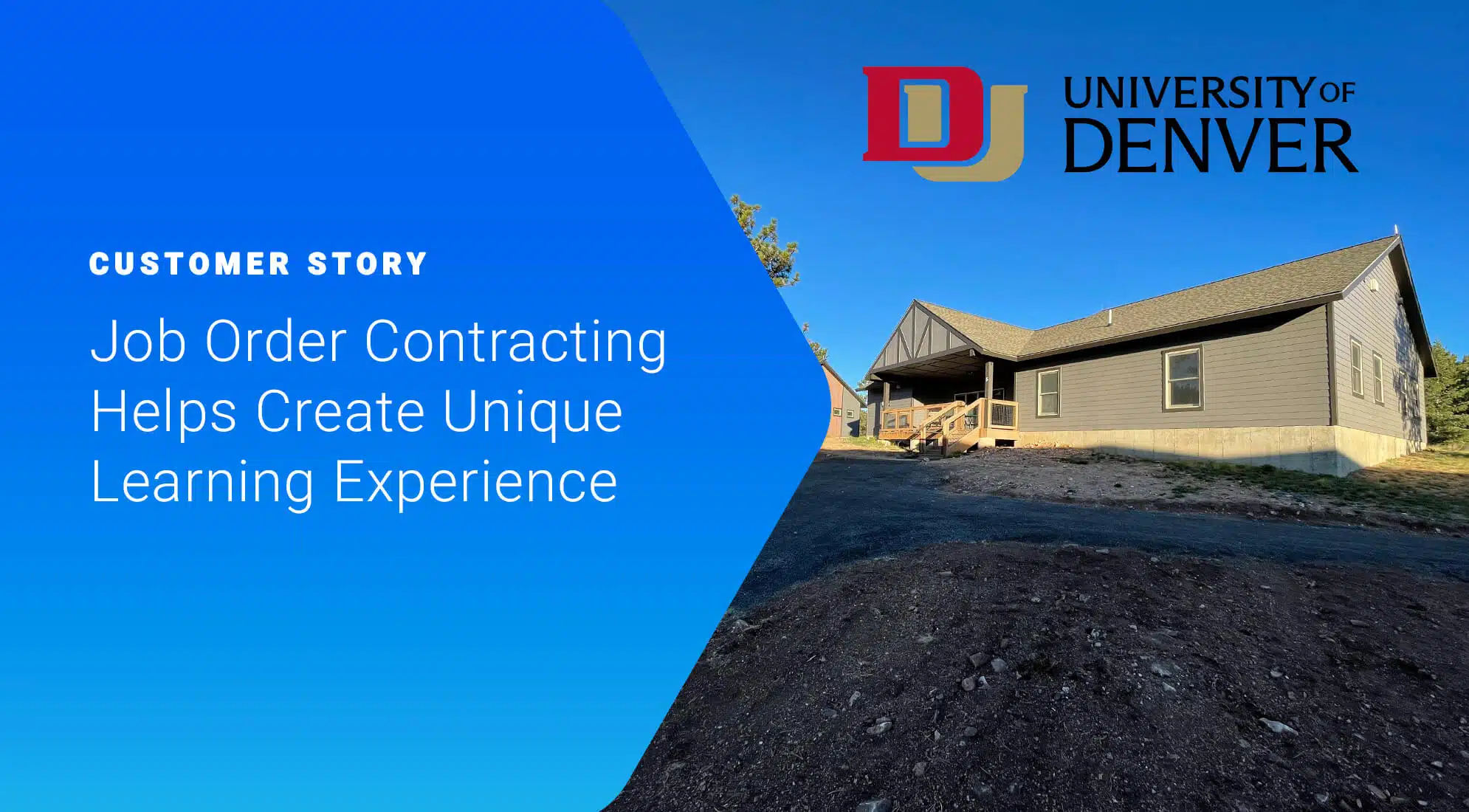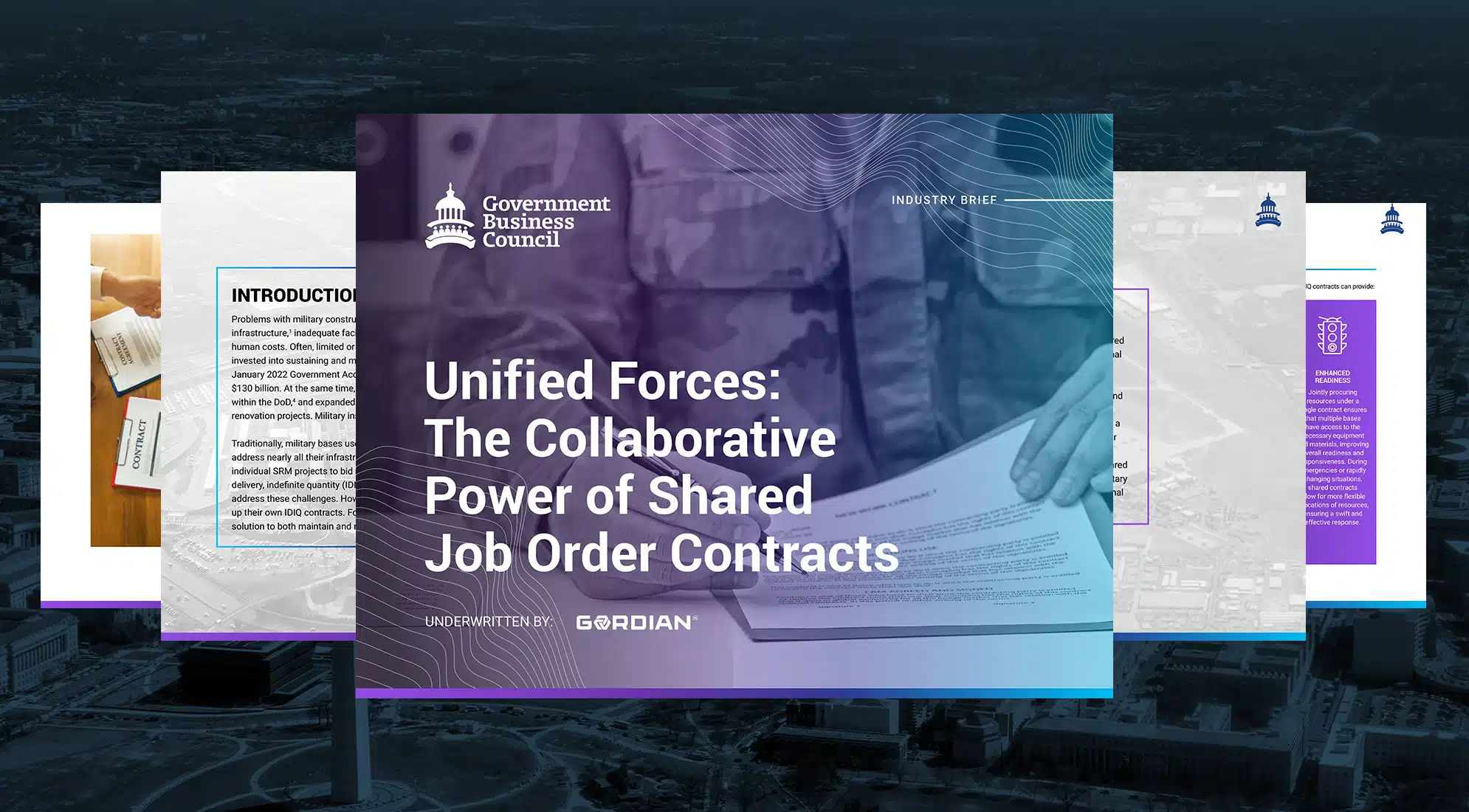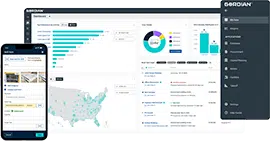Comparing Project Delivery Methods: Design-Bid-Build
Gordian was founded by one of the creators of Job Order Contracting (JOC),and we’ve been perfecting the process for over 30 years. But Job Order Contracting is only one of many construction procurement methods, each designed for specific purposes and best utilized for certain types of projects. Knowing the differences between them and when to use each delivery method can determine a project’s success.
In this series, we’ll examine and compare some of the most widely used project delivery methods, including Design-Build, Construction Manager at Risk and Time and Materials. In this installment, we’ll look at Design-Bid-Build (D-B-B).
Design-Bid-Build: The Basics
Design-Bid-Build is a traditional and popular construction project delivery method. Typically used for commercial new construction, D-B-B follows a linear sequence of activities, each completed by separate construction professionals:
During the design phase, the project owner hires an architect or consulting engineer to develop the project’s designs and specifications. The architect or consulting engineer collaborates with the owner to understand project requirements so they can conceptualize the build, create drawings and specify materials and systems. Success in the design phase requires coordination between a team of engineers, each with their respective specialties. This phase ends when drawings and plans both meet owner demands and clearly represent the work contactors are expected to complete.
It is vital to project success that design professionals have access to current construction costs. Find out more in this free eBook.
Once the design is complete, the project moves to the bidding phase, when the project owner solicits bids from multiple general contractors. These contractors review the design documents developed in the previous phase, ask the architect or consulting engineer any clarifying questions they have and consult with subcontractors to create a complete bid. A complete bid typically includes cost estimates, project schedules and other relevant information.
After receiving the bids, the original architect or engineer and the project owner evaluate them. Since submitted bids will not follow a uniform structure, the solicitation team may engage in an activity called bid-leveling, where they standardize bid formats as much as possible for more informed comparisons.
Cost is often the factor that carries the most weight in the bid selection process, but other variables come into play as well, including contractor experience and reputation. The owner selects the contractor who best meets their criteria and awards them the contract. This contractor becomes the general contractor and is responsible for overseeing project execution.
During the build phase, the general contractor manages the project, hires subcontractors and coordinates all construction activities. Their responsibilities include procuring materials and equipment, supervising the workforce and ensuring compliance with design specifications and project timeline. The owner typically has limited involvement during the construction phase. The original architect or engineer often acts as the owner’s representative, periodically providing updates on progress and inspecting the contractor’s work.
Find out more about popular construction project delivery methods in this blog post.
Advantages of Design-Bid-Build
The Design-Bid-Build method is sequential and clean. Designs are finished. Bids are solicited, submitted and accepted. Construction begins. The process holds true for every project. That predictability is appealing and grows more so as experience enables owners to develop efficiencies.
Further, with the project scope detailed and well-defined, owners have a reasonable expectation of project costs. This expectation allows for more informed budgeting and fewer surprises — financial or otherwise — during the build phase.
Disadvantages of Design-Bid-Build
Design-Bid-Build is an exercise in patience. The next step in the sequence cannot start until the previous one ends. If designs take longer than anticipated to complete or if contractors have a lot of questions during bidding, the entire project is liable to be delayed.
Change orders are exorbitantly expensive under this project delivery method. Rectifying design errors or changing the design due to unforeseen circumstances often results in cost overruns and project delays as owners and contractors negotiate the costs of the new scope of work.
Design-Bid-Build Versus Job Order Contracting (JOC): Which Is Right for Your Next Project?
Project owners will seldom – if ever – find themselves choosing between Design-Bid-Build and Job Order Contracting. They are as different as different could be. D-B-B is most often used for complex commercial new construction. JOC is primarily used for operational work like renovations, maintenance and repairs. This is because JOC is an indefinite delivery, indefinite quantity (IDIQ) construction project delivery method, meaning that owners can use one contract to complete a variety of projects at an undetermined time. Operational projects that can be scoped quickly and do not require new specs and plans are ideal candidates for JOC.
Under Design-Bid-Build, costs for construction work can come from any number of cost databases. Under JOC, costs for construction tasks come from a shared Unit Price Book (UPB). Pricing costs out of a shared UPB makes the process more transparent. This transparency enhances trust between project stakeholders, leading to better working relationships. Further, possessing published costs allows owners to budget more accurately. At Gordian, we call our Unit Price Book the Construction Task Catalog©, or CTC. To produce the CTC, our team of engineers and cost experts research relevant prices for the local market. This accuracy ensures that owners pay, and contractors receive, a fair price for construction work.
D-B-B projects tend to take a long time to start because of all the upfront design work and the length of the construction procurement process. One of JOC’s major benefits is time to construction. In fact, researchers found that Job Order Contracting is as much as 25% faster than traditional project delivery methods like Design-Bid-Build.
Learn more about how JOC benefits owners, construction contractors and the community in this comprehensive video series.
Owners of projects with long lead times on major new builds may find Design-Bid-Build interesting. It is the traditional way construction is done and most architects, engineers and contractors are familiar with the process. If they have the time and design professionals they trust, there’s a solid chance it will meet their needs. However, the costs and timelines associated with Design-Bid-Build make it a weak candidate for routine, operational work. For those types of projects, owners should seek a more efficient construction procurement option like Gordian’s Job Order Contracting.


